A Trilobite is an extinct arthropod. These creatures lived in the oceans until about 252 million years ago. Before their extinction, they persisted on Earth for an impressive 300 million years. Researchers place these extinct creatures in the taxonomic class Trilobita. Read on to learn about the Trilobite.
Description of the Trilobite
These ancient creatures came in a number of different shapes and sizes. Though specific details varied, most had a rather rounded body shape. Like all arthropods, they had segmented bodies. Researchers classify these segments into three major portions.
The head segment, known as the “cephalon,” often had a wide, rounded appearance similar to that of a horseshoe crab. The body, or thorax, often had ridges. Finally, the pygidium, or tail, varied from species to species with some elongated and some short and rounded.
Interesting Facts About the Trilobite
Despite their extinction, researchers have gleaned much information from the fossils of these creatures. Learn what made them unique, below.
- Slow Decline – Over the course of the 300 million years that this class survived, a number of species steadily marched to extinction. By the end of the Devonian Extinctions, only a single taxonomic order persisted.
- Final Straw – After several million years of extinctions, the last of the species perished during the Permian period. During the Permian mass extinction event, all remaining members of Trilobita, along with the majority of all life on earth, perished.
- Living Relatives – Many people refer to horseshoe crabs as the closest relatives to this creature. However, these animals left no direct descendants. In fact, research shows that the chelicerates as a whole remain their closest living relatives.
- Chelicerata – Outside of horseshoe crabs, which bear some resemblance to the extinct Trilobita class, other distant relatives include sea spiders, terrestrial spiders, scorpions, and more.
Habitat of the Trilobite
While they lived, these animals lived in a wide number of different habitats. Some lived on the sea floor, while others lived pelagic lives swimming through the open water. Some lived in extremely shallow regions or intertidal zones. Others lived in the deep sea.
Distribution of the Trilobite
You could find this arthropod throughout all the oceans. However, during the time that they lived, the oceans spanned different regions than they do know. For this reason, you can find their fossils on all modern continents. Researchers believed they lived in all ancient oceans and had widespread distribution.
Diet of the Trilobite
Archaeologists believe that these animals fed on a wide variety of organisms. They believe that different species had different feeding strategies. Some foraged on diatoms and plankton via filter feeding. Others hunted small fish and worms. They also believe some species had herbivorous feeding habits and subsided primarily on algae and aquatic vegetation.
Trilobite and Human Interaction
The last Trilobites died millions of years before humans evolved.
Domestication
Humans never domesticated any members of this extinct group.
Does the Trilobite Make a Good Pet
You could not keep this species as a pet, because they no longer exist.
Trilobite Care
If researchers managed to replicate or clone these creatures, they would likely find it difficult to provide adequate habitats to house them in. The oceans had different habitats and chemical makeup during the time when these creatures lived. This would potentially make it difficult to keep these extinct creatures alive today.
Behavior of the Trilobite
Because no one ever witnessed these creatures alive, it is difficult for them to use fossils to understand their behavior. We know that some species had complex eyes and used them to hunt and navigate. However, some deep sea species were blind, and had no use for eyes in regions where light could not reach.
Reproduction of the Trilobite
Fossil evidence of the reproduction of these arthropods is limited. Though no evidence exists, researchers believe that they produced eggs, like most other arthropods. Their reproductive habits would have varied by species. The eggs hatched into a larval form, which underwent stages of growth before reaching the adult form.



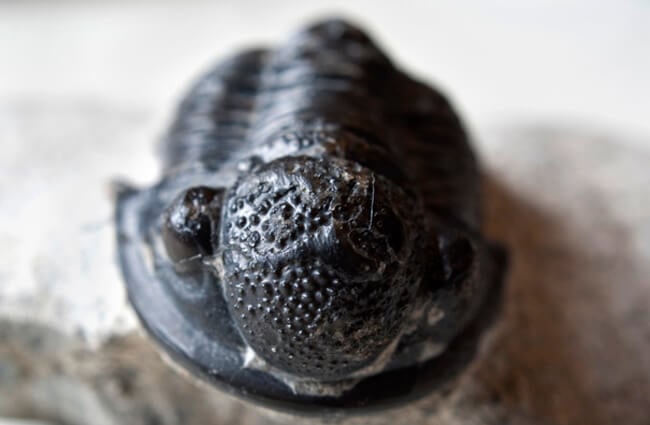
![Trilobite fossil found in southern France Trilobite fossil found in southern France Photo by: [public domain]](https://animals.net/wp-content/uploads/2020/01/Trilobite-4-650x425.jpg)



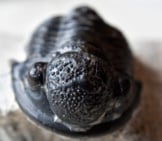
![Trilobite fossil found in southern France Trilobite Fossil Found In Southern France Photo By: [Public Domain]](https://animals.net/wp-content/uploads/2020/01/Trilobite-4-162x141.jpg)
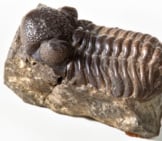
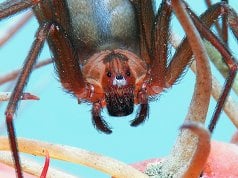
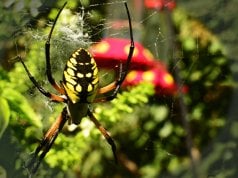











![Red Angus Closeup of a beautiful Red Angus cowPhoto by: U.S. Department of Agriculture [pubic domain]https://creativecommons.org/licenses/by/2.0/](https://animals.net/wp-content/uploads/2020/03/Red-Angus-4-100x75.jpg)

